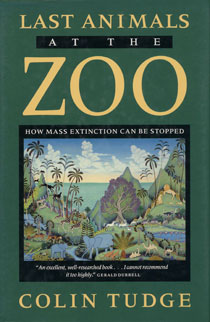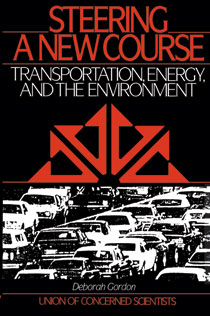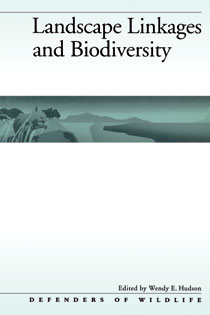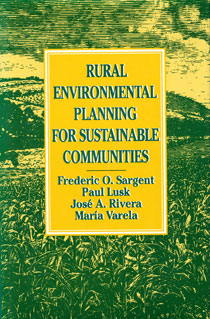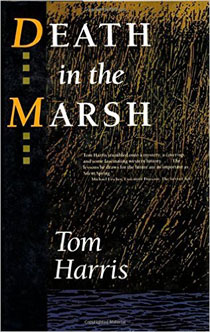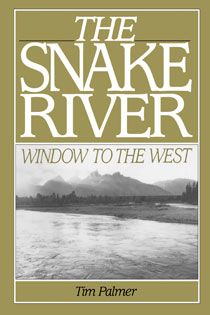The biodiversity crisis -- the extinction of thousands of species of plants and animals -- is not just a faraway problem for scientists to solve. Instead, the crisis is as close as our backyards, our gardens, and our refrigerator shelves. This...
Books
126 pages
5 x 8
In Last Animals at the Zoo, Colin Tudge argues that zoos have become an essential part of modern conservation strategy, and that the only real hope for saving many endangered species is through creative use of zoos in combination with...
266 pages
6 x 9
˜Farming in Nature's Image provides, for the first time, a detailed look into the pioneering work of The Land Institute, the leading educational and research organization for sustainable agriculture.
The authors draw on case studies...
305 pages
6 x 9
Steering a New Course offers a comprehensive survey and analysis of America's transportation system -- how it contributes to our environmental problems and how we could make it safer, more efficient, and less costly.
259 pages
6 x 9
In this inspired collection, some of America's most provocative thinkers and writers reflect on nature and enviornmetnal science--reaching compelling conclusions about humanity's relationship to the earth. Balanced by science and fact,...
295 pages
6 x 9
In Landscape Linkages and Biodiversity experts explain biological diversity conservation, focusing on the need for protecting large areas of the most diverse ecosystems, and connecting those ecosystems with land corridors to allow species...
222 pages
6 x 9
Rural Environmental Planning for Sustainable Communities offers an explanation of the concept of Rural Environmental Planning (REP) along with case studies that show how to apply REP to specific issues such as preserving agricultural lands...
272 pages
6 x 9
Selenium, essential in microscopic doses, can be deadly in larger amounts. Death in the Marsh explains how federal irrigation projects have altered selenium's circulation in the environment, allowing it to accumulate in marshes, killing...
259 pages
6 x 9
Tim Palmer weaves natural history into a comprehensive account of the complex problems that plague natural resource management throughout the West, as well as the practical solutions that are available.
322 pages
6 x 9


